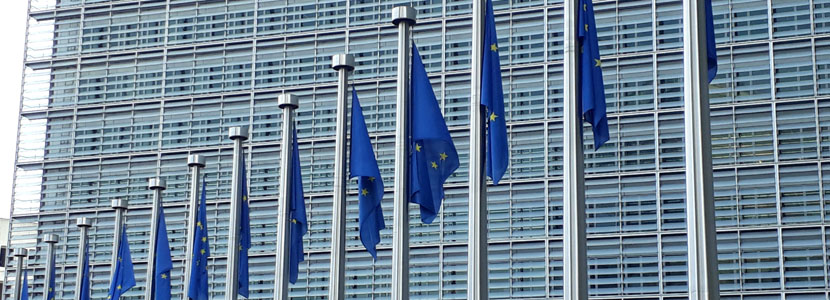As soon as the decision is made that Scotland will become an independent country, we must ensure we’re ready to apply to join the EU from day one of independence. Below, we set out Yes for EU’s position on the process for independent Scotland to join the EU.

Yes for EU asserts that there already exists a strong mandate for the Scottish Government to start negotiations for EU membership as soon as Scotland becomes independent: in the 2016 Brexit referendum Scots voted by a majority of 62% to 38% to remain. Polls continue to demonstrate an even stronger majority in favour of Scotland’s EU membership (e.g. Survation poll). In every Scottish Parliament since 2016, there has been a pro-EU majority of MSPs, elected on pro-EU manifestoes, and a similar situation is anticipated for the next Parliament from 2026 onwards. The democratic will of the people of Scotland will therefore be clearly demonstrated, and thus a mandate for the government of an independent Scotland to proceed without delay with negotiations towards an EU accession treaty.
Should a future independence referendum be held, we would call for strong and highly publicised commitment from the pro-independence parties to seek EU membership for Scotland as soon as independence is achieved. This will be vital to build confidence among the 70% of Scots who want to be back in the EU.
Once Scottish people have chosen independence in a future referendum, or via another democratic mechanism (such as a general election), following that “Decision Day” the Scottish Government should immediately begin preparations for EU accession. These could include preliminary work on the accession process, whether via an association agreement or other route, so that the basis for the accession treaty is being drawn up at the same time as the withdrawal from the UK is negotiated; formal negotiations for EU membership cannot take place until Scotland is an independent sovereign state, but pre-independence informal engagement with the EU, in various forms, would not be unusual. This would allow Scotland to gain rapid access to some EU benefits, including the single market, following “Independence Day” (i.e. day one of independence). There may be a transition period of a few months. Pre-independence preparatory work will also facilitate speedy conclusion of the accession treaty itself.
Some argue that the pre-independence Scottish Government should plan for a separate Yes/No or EU/EFTA referendum on EU membership at some point after Independence Day. This would be unnecessary, given the existing mandate, and also inadvisable: in EU eyes, it would cast doubt on Scotland’s commitment, and would delay membership, creating protracted uncertainty for Scottish businesses and society. It would mean Scotland spending a year or more in limbo, outwith both the UK and the EU, which would be highly detrimental for trade and the overall economy.
Instead, we advocate pre-independence preparations and engagement as outlined above, so that on Independence Day – perhaps 1-2 years after Decision Day – the Scottish Government will be ready to immediately make the formal application to become a candidate for EU membership as a sovereign state, and enjoy pre-accession benefits. Updates on progress towards accession should be openly and widely shared so that the Scottish public are kept well-informed. Once a Scotland-EU accession treaty has been negotiated, a referendum seeking Scots’ approval on the accession deal – though not an EU requirement – could be a good final step to show there is strong public support. Many previous new member countries have adopted this process. Whether or not such a referendum is held, all EU member states will have to ratify the treaty for it to come into effect. Estimates of the period of time from Independence Day to full EU membership range from about 2 – 5 years.


